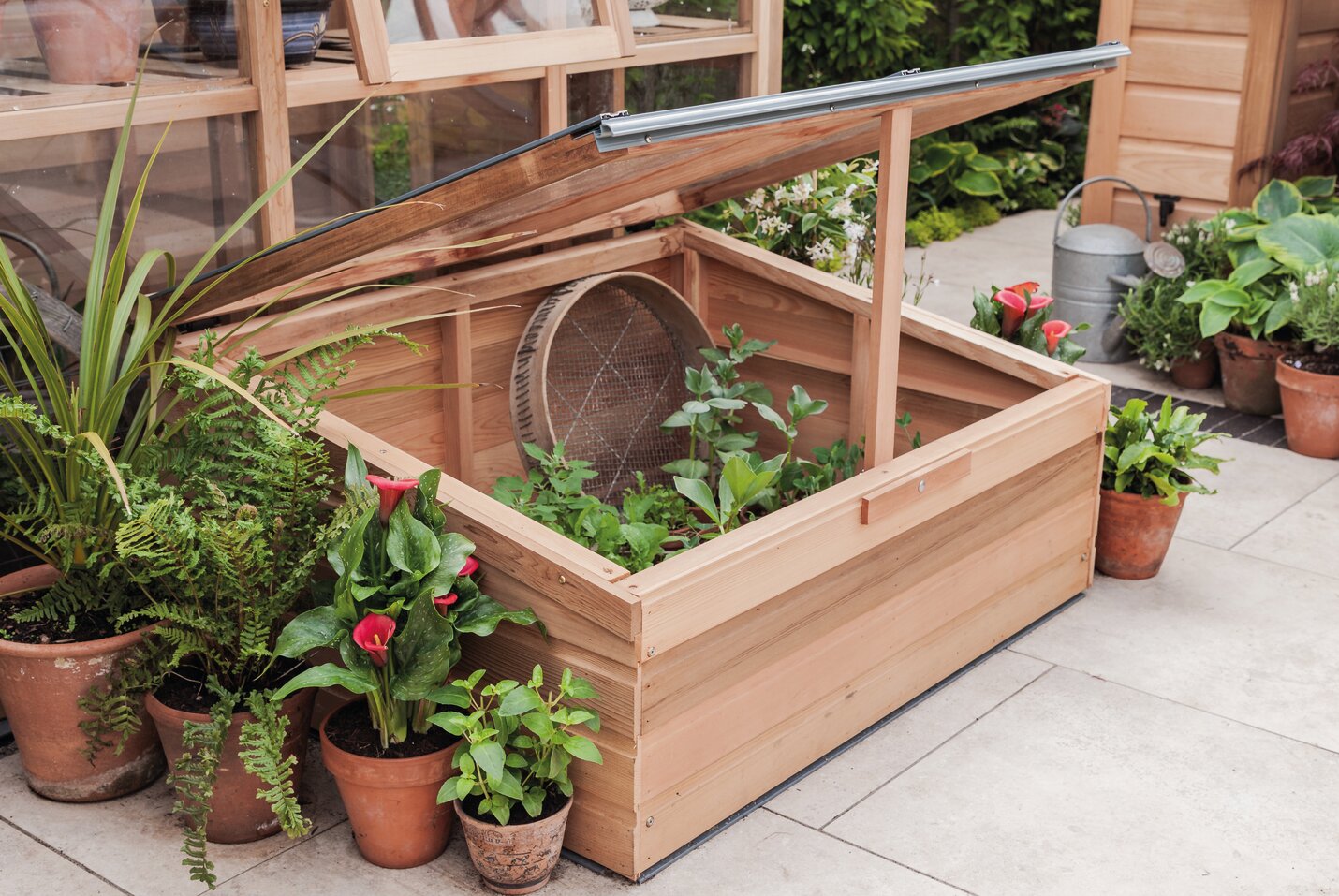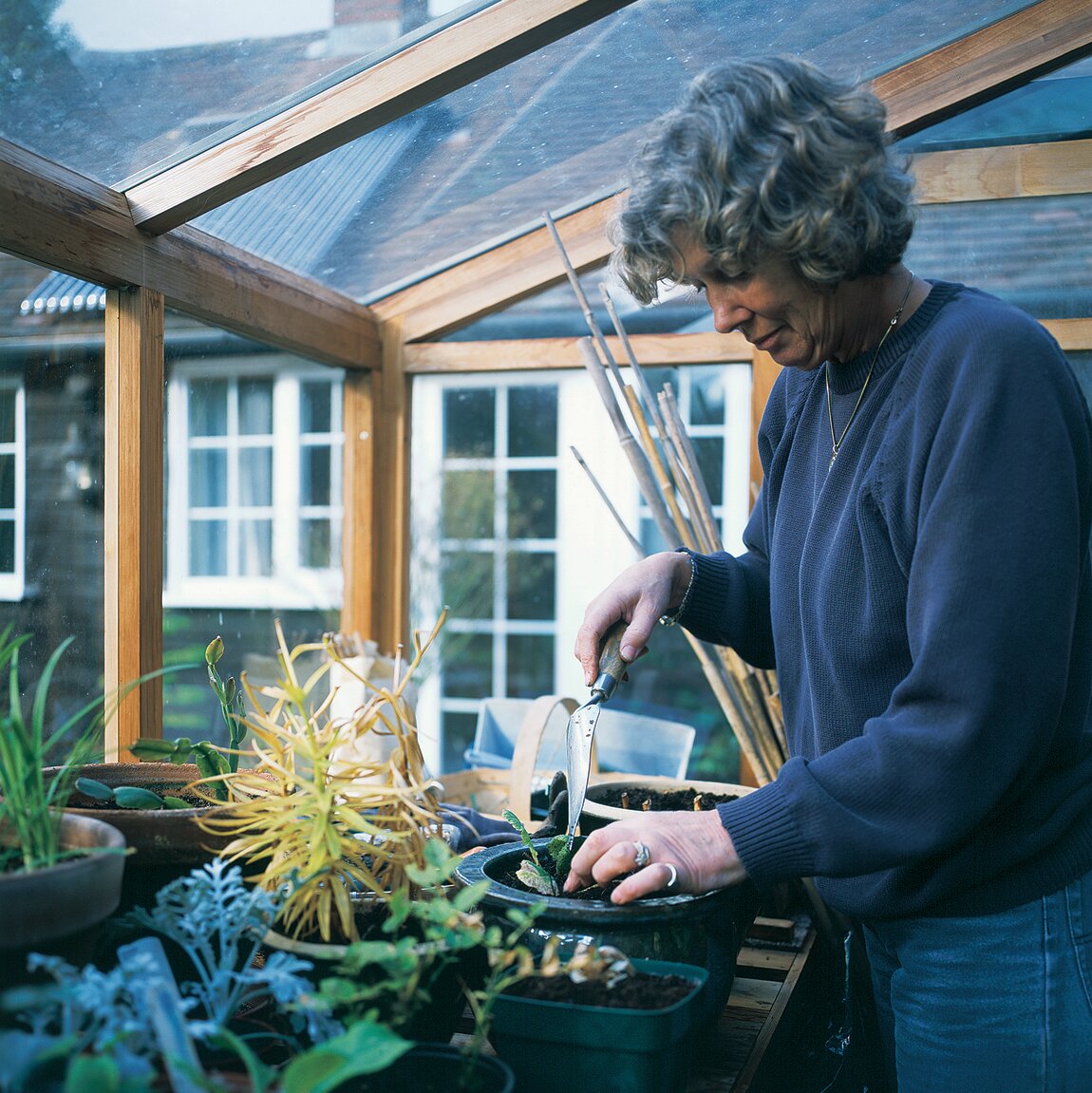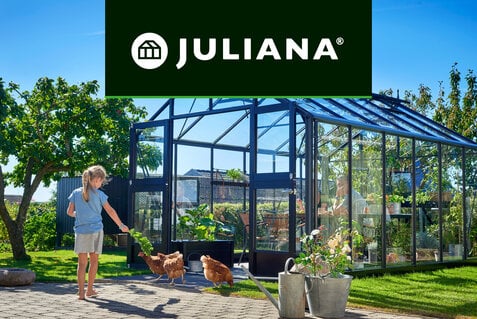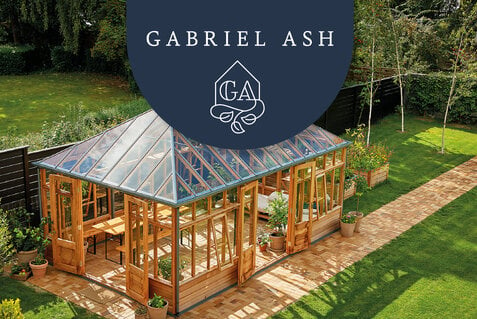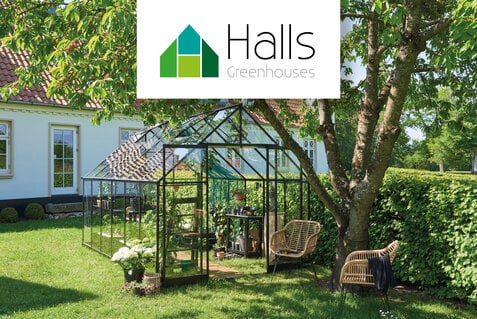What Is A Cold Frame
If you ask gardening expert Eliot Coleman about cold frames, he will tell you are they the most dependable, least exploited piece of gardening kit you can buy.
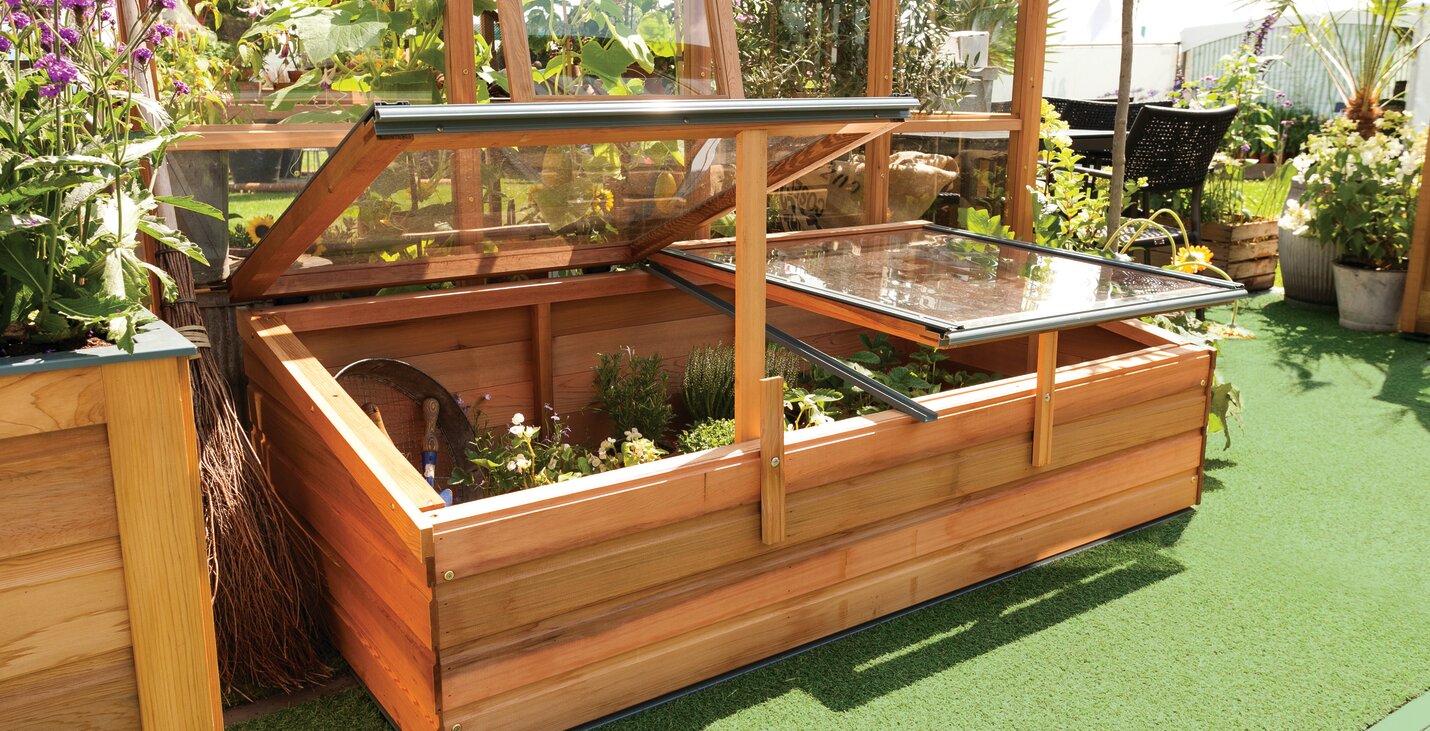
If you think of cold frames, you might be imagining the walled gardens of grand houses, and a team of gardeners toiling to grow pineapples or some other exotic in the English climate.In fact, cold frames are simple to make and use, and incredibly versatile in the garden.
What is a Cold Frame?
A cold frame is a small structure, low to the ground. It is a bottomless box, with a roof containing glass or polycarbonate sheets. You could think of it as a small greenhouse, but versatility is their key. Cold frames can be permanently sited in a sunny spot, or moved around the garden as needed. They can be purchased from garden suppliers, or you can make your own from upcycled windows and something as simple as hay bales.
What Do You Use a Cold Frame For?
Cold Frames have traditionally been used to harden off plants that have been grown from seed in a greenhouse. Although cold frames are warmer than outside, they are cooler than a greenhouse.
The design often includes an opening top frame, allowing you to open the plants to the elements during the day but protect them from the chill of the night.
They can also be used to protect certain areas of the garden, though. A temporary or portable cold frame placed over a bed sown with salad leaves will extend the growing season by as much as a month.
Making Your Own
The glass is the key to making a cold frame. If you have windows, doors or shower screens replaced then you have the raw materials, or if you don’t then keep an eye out on local sites such as freecycle. If you’re handy with a saw and nails, you could make yourself a frame quite cheaply and easily.
A popular technique for temporary frames is to assemble them from hay bales topped with a pane of glass. The straw acts as an insulator, keeping your crops warm and safe inside.
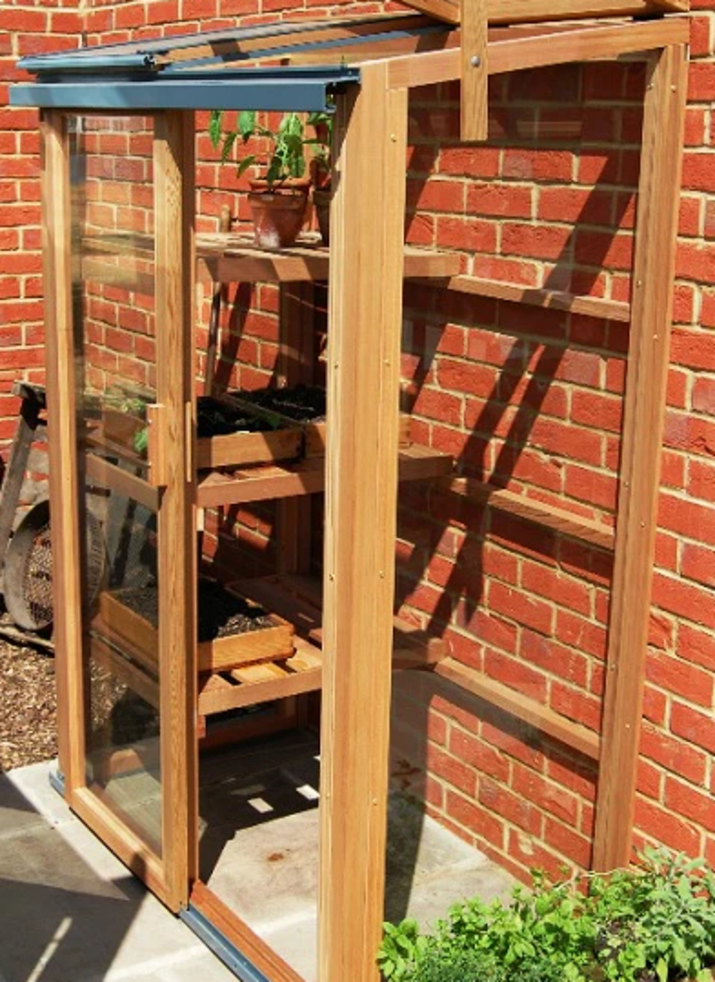
Buying & Siting
The alternative is to buy a cold frame, and they come in a variety of styles and qualities to suit any budget. Here is a couple of options from Gabriel Ash. Ideally placed in a south-facing spot, you’ll often find cold frames near a greenhouse.
What to Grow?
You can grow most plants in a cold frame, at least for part of their cycle. They’re great for low growing plants you may want to bring on and protect – strawberries, sweet peas, salad leaves and more, but that’s not the limit. A cold frame is also a great spot to leave your dormant plants to overwinter.
We agree with Eliot Coleman; a cold frame is a piece of kit that will enhance any garden – even if all you want to do is try to grow a pineapple!
Transform
Your Greenhouse Life
Are you looking for fresh inspiration to transform your greenhouse life into a lush paradise? Let's explore new ideas and tips together that will make your green haven even more magical!
Juliana Group
Juliana Group is a leading global supplier of quality residential greenhouses. Founded in 1963 by Mogens A. Stærmose in Odense, Denmark, the family-owned company is today run by third generation, Nikolaj Stærmose. Headquarter and production remains Odense-based with subsidiaries in the UK and Germany and export to more than 20 countries.
’We help people grow’. That is why our brands Halls, Juliana, and Gabriel Ash all set the frame for experiences that are as natural as they are magical. Despite our long history, we’re future-focused and curious on how we can improve the sustainability of our greenhouses. Learn more about Juliana and find inspiration for life in the greenhouse in our inspirational universe.
